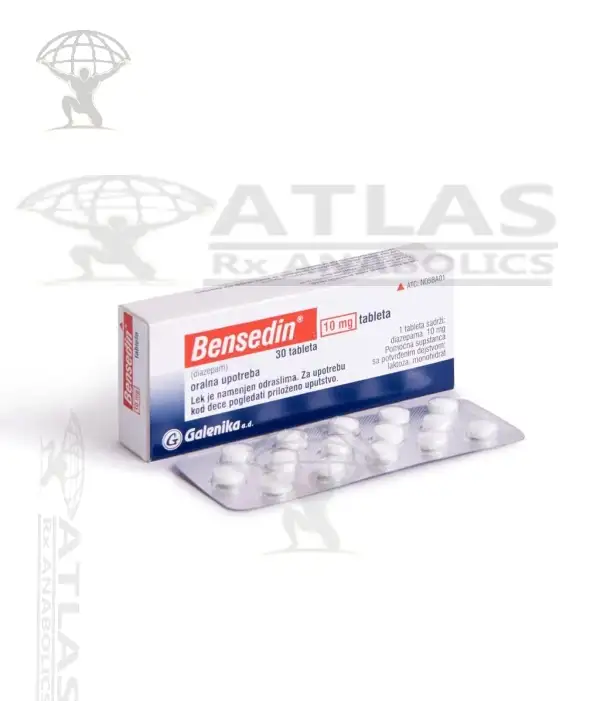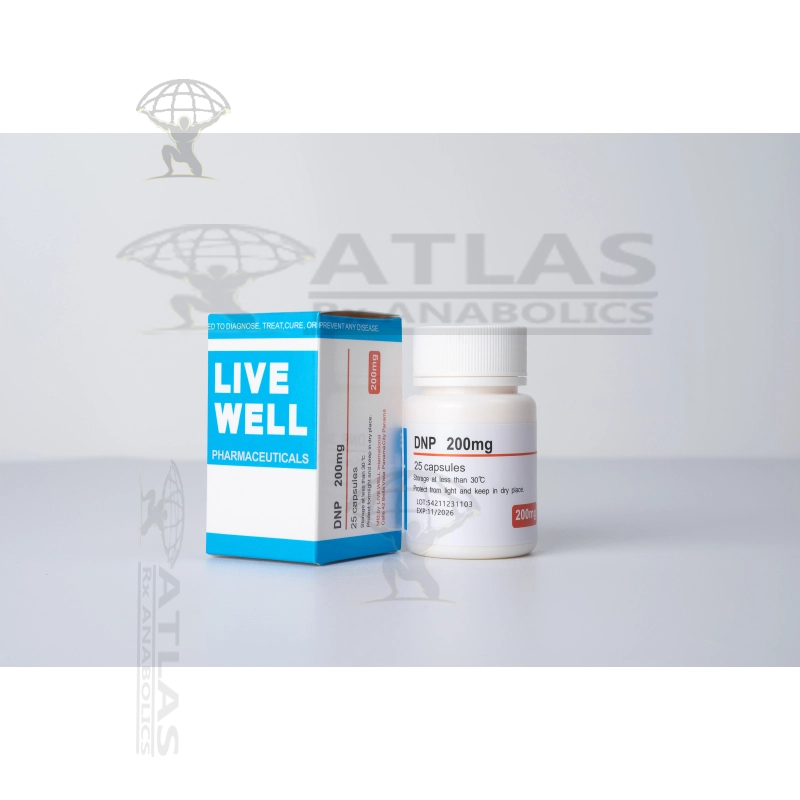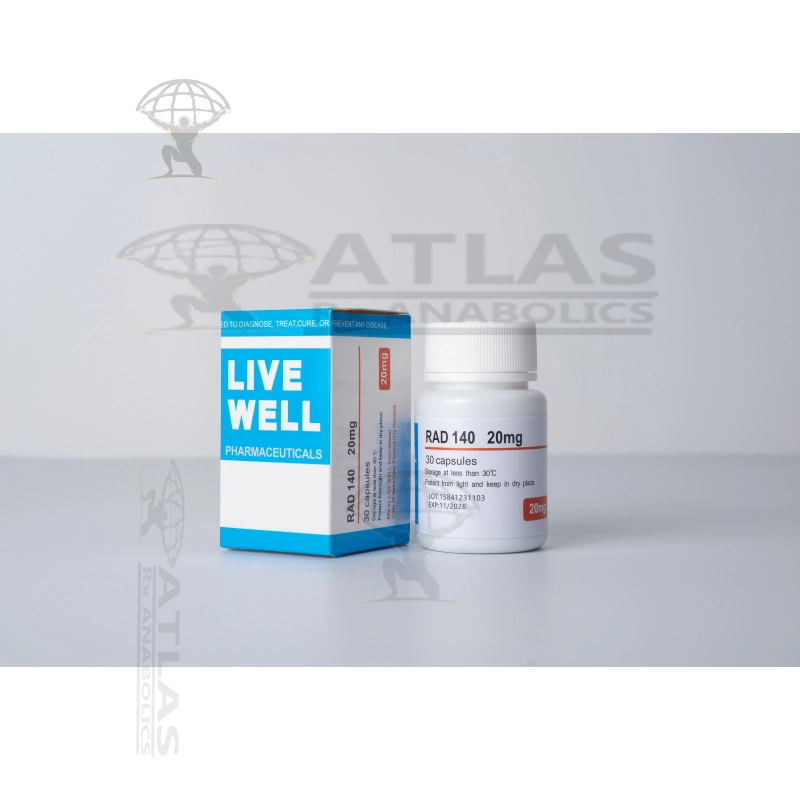Description for Bensiden Diazepam
**Bensiden Diazepam**
Bensiden Diazepam is a medication that belongs to the benzodiazepine class of drugs. It is commonly prescribed for the treatment of anxiety disorders, muscle spasms, seizures, and alcohol withdrawal symptoms. Diazepam, the active ingredient in Bensiden, works by enhancing the effects of a natural chemical in the body called gamma-aminobutyric acid (GABA), which helps to reduce abnormal brain activity and induce a calming effect.
The primary use of Bensiden Diazepam is in the management of anxiety disorders. It can be prescribed for generalized anxiety disorder (GAD), panic disorder, social anxiety disorder, and various phobias. Bensiden helps to alleviate symptoms such as excessive worrying, restlessness, irritability, and difficulty concentrating, allowing individuals to regain control and improve their overall quality of life.
In addition to anxiety disorders, Bensiden Diazepam is also utilized for its muscle relaxant properties. It is commonly prescribed to relieve muscle spasms and stiffness associated with conditions like muscle strains, cerebral palsy, and multiple sclerosis. By reducing muscle tension, Bensiden can help alleviate discomfort and promote relaxation.
Another application of Bensiden Diazepam is in the management of seizures. It can be used as an adjunctive treatment for various seizure disorders, including epilepsy. Diazepam helps to reduce the frequency and intensity of seizures by calming overactive electrical signals in the brain.
Furthermore, Bensiden Diazepam is prescribed during alcohol withdrawal to prevent or alleviate symptoms such as tremors, agitation, hallucinations, and seizures. It helps to stabilize the nervous system, reduce withdrawal symptoms, and prevent potential complications.
Bensiden Diazepam is available in different forms, including tablets, oral solution, and injectable solution. The dosage and duration of treatment vary depending on the individual's condition, medical history, and response to the medication. It is crucial to follow the prescribed dosage and not exceed the recommended duration of use to avoid dependence or other adverse effects.
Like other benzodiazepines, Bensiden Diazepam may cause certain side effects. Common side effects include drowsiness, dizziness, confusion, impaired coordination, and muscle weakness. It is important to avoid activities that require mental alertness, such as driving or operating machinery, until the individual knows how the medication affects them. Less common side effects include allergic reactions, changes in mood or behavior, and memory problems.
Bensiden Diazepam may interact with other medications, including certain antidepressants, anticonvulsants, antipsychotics, and sedatives. It is crucial to inform the prescribing healthcare professional about all current medications, including over-the-counter drugs and supplements, to avoid potential drug interactions.
In conclusion, Bensiden Diazepam is a widely used medication for the treatment of anxiety disorders, muscle spasms, seizures, and alcohol withdrawal symptoms. It is an effective medication that helps individuals manage their symptoms and improve their overall well-being. However, it should be used under the guidance of a healthcare professional, following the prescribed dosage and instructions to ensure safe and effective treatment.
Shipping Cost
On all orders is set at $25.00
Secure checkout
Protected by Bitcoin
Offer & gift here
On all huge orders










Scarlett Taylor
The customer service was exceptional. They went above and beyond to ensure my satisfaction. Highly impressed.
Aria Peterson
The shipping was fast and the product arrived in perfect condition. I am very pleased with this purchase.
Isaac Cooper
The quality of this product is outstanding. It is durable, reliable, and worth every penny. Highly satisfied.